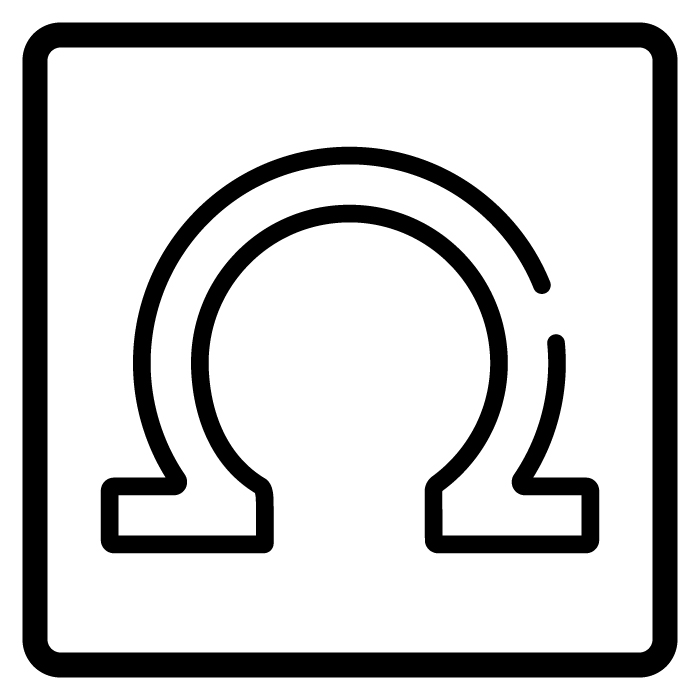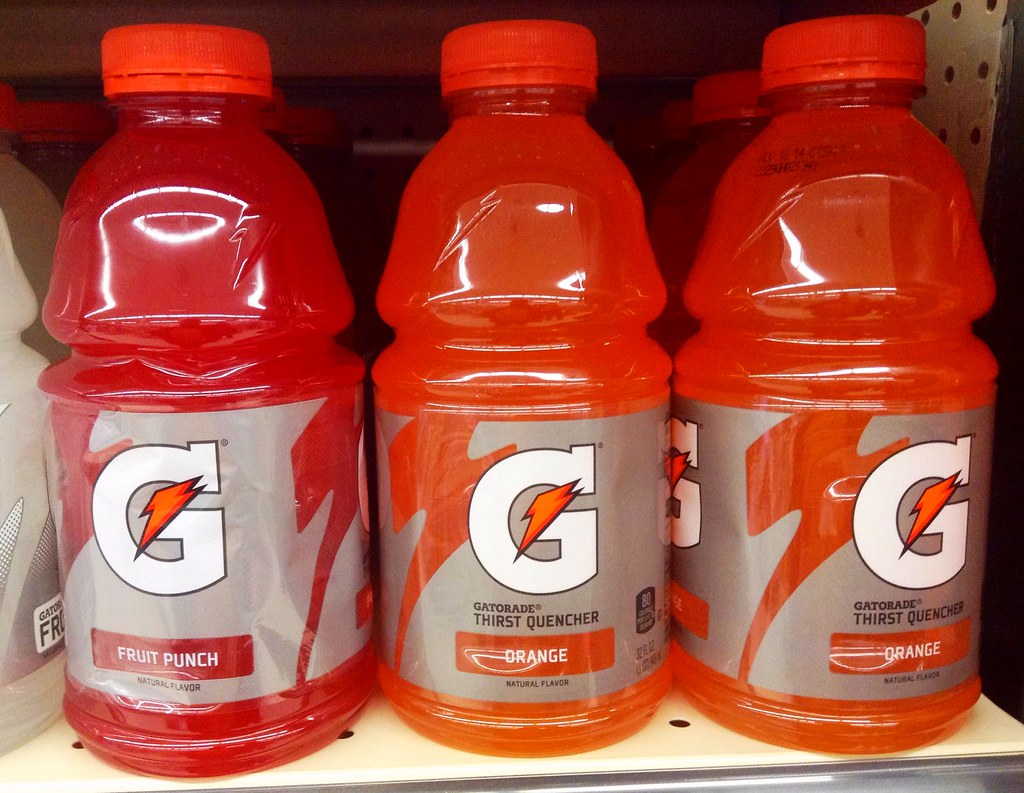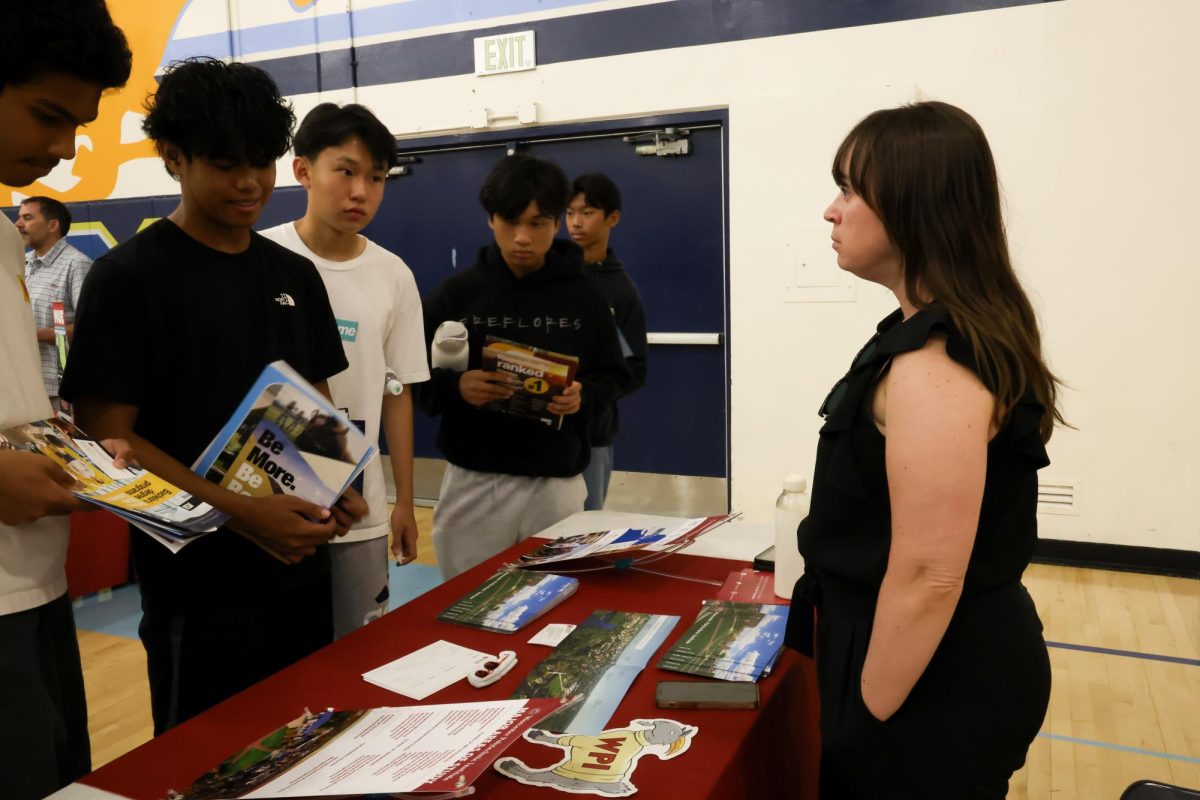Takis, Doritos, Gatorade and other processed foods will be removed from schools in California unless they are modified to exclude artificial dyes such as Red 40, found in most processed foods known to cause sensitive reactions, according to a report by the National Institute of Health.
On Sept. 28, Governor Gavin Newsom passed the California School Food Safety Act (AB 2316), which prohibits Red 40 in school lunches and foods, taking full effect on Dec. 31, 2027. The ban also prohibits multiple yellow, blue and green dyes, forcing manufacturers to change their ingredients so that their products can still be served at schools.
“Many manufacturers that provide for school lunches have left the market [or are in the process of changing their products] because schools are becoming more and more stringent in what they serve kids,” Director of Nutrition Services Emmalyn Coles said.
Based on an article from Medical News Today, Red 40 has been proven to cause minor health problems and allergic reactions, including migraines, hyperactivity and behavioral changes. This affects students’ ability to learn and pay attention in class, especially children with ADHD.
“We are working on testing samples from Frito Lay and Pepsico that have no dyes and MSG, it’s not going to be the same as the regular ones and won’t have the colors we’re used to which students might have trouble getting used to,” Coles said.
All food and beverages sold to students are subject to the regulations, the ASB snack shop and foods purchased from the cafeteria will have to change their inventory and only sell items approved by the school and state. ASB director Andy Schultz declined to comment.
“I think it was a good decision, considering the positive effect on student health, physical health and also mental [health]. They’re not snacking on synthetic foods and drinking unhealthy soft drinks,” freshman Catherine Wang said.
The school district is waiting for companies to remove harmful dyes and rework their products over the next few years. The district hopes this will raise awareness of how students choose their food options and encourage them to develop healthy habits of double-checking labels to ensure they contain healthy ingredients.
“We’re all becoming more and more aware of some of these things that we thought were okay, but now we see that they’re not. We are now starting to educate ourselves and lobbying for change for safer and healthier options,” Coles said.







